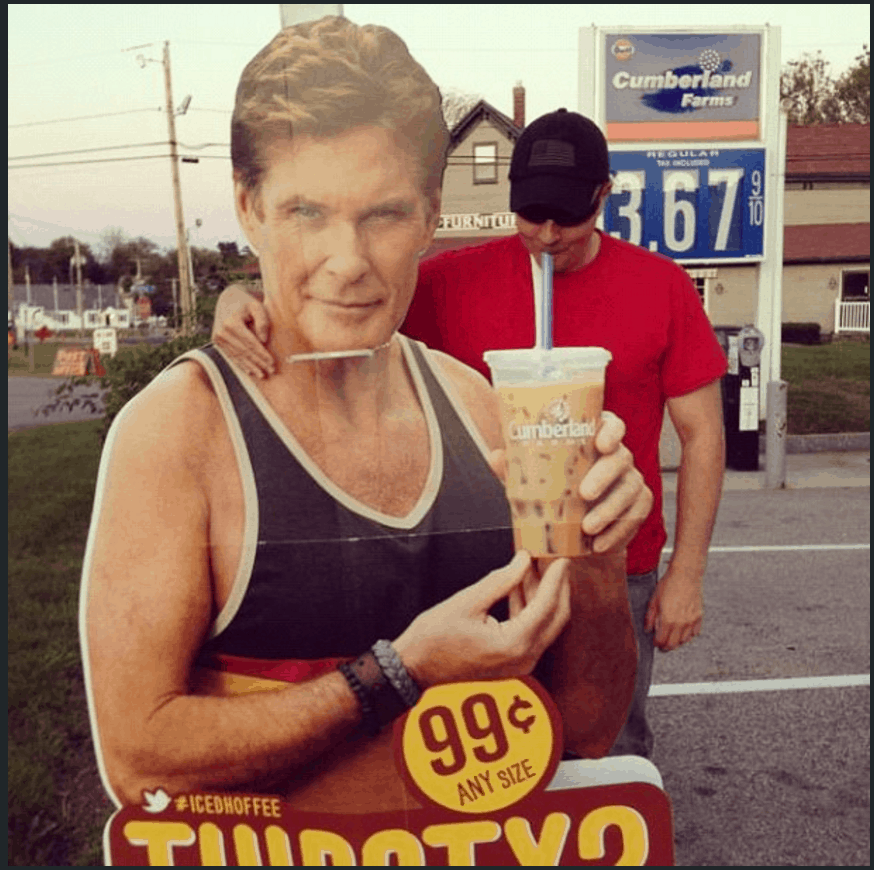Lately, I’ve found myself in several conversations with colleagues and clients about using hashtags in marketing campaigns: How do you select the right hashtag for a marketing campaign? Should the brand name be in the hashtag? Do they work? What was once a simple Twitter tool for organizing conversations is now a trend that is turning up everywhere from Instagram to Facebook. The question isn’t whether or not people are using them, but whether hashtags are an effective way for brands to connect with consumers on social media.
Making the Case
According to recent data, Tweets with hashtags get twice as much engagement as those without. They also are 55 percent more likely to get Retweeted than those without. If engagement is the name of the game on social media, then hashtags are the way to get there. Of course, you can have too much of a good thing: Tweets that use more than two hashtags show a 17 percent drop in engagement. If you’re thinking about using hashtags, consider these points before dropping a couple into your next campaign.
- Watch, Listen, Learn. Spend some time looking at what others are doing in your industry and what your target audience is talking about. What hashtags are they using? How are they using them?
- Research. Find the right words to use as hashtags and make sure that they are not associated with anything negative or inappropriate for your company. Most people will remember Susan Boyle, the surprise winner of a British talent show a few years ago. The hashtag that Susan’s producers chose to promote her album release will live on as one of the greatest faux pas in Twitter history.
- KISS. This sage advice—Keep It Short (and) Simple—is applicable now more than ever. Keep your hashtags to a maximum of two, and keep them relatively short. Remember, hashtags have no spaces or punctuation so it can be difficult to read something with #toomanycharacters.
Starting a Conversation
The best way to make use of hashtags is to find a way to make them part of a conversation rather than just add-ons to a social media post. Take the #icedhoffee hashtag from Cumberland Farms as an example. The original television commercial featured David Hasselhoff enjoying a delicious iced coffee in his natural habitat. To follow up, an oversized poster of The Hoff was featured in front of Cumberland Farms stores that featured the hashtag #icedhoffee.

Image credit @o0oterrio0o on Instagram
Knowing a selfie with The Hoff would be irresistible to shoppers, the hope for the hashtag was to have a way to track the conversations across Twitter and Instagram when our target posted their pics to social media. By choosing an unbranded hashtag, the brand appealed to the organic nature of how our audience was already using hashtags, and the play on words made it fun to use. When the campaign went viral—and people actually started stealing the posters to take more selfies in creative locations—we knew we had perfected the formula for using a hashtag to drive engagement both online and off.
There is no hard and fast rule when it comes to incorporating hashtags into your marketing campaign. If you’re going to use this tactic in your next campaign, then take the time to give it the thought and analysis it deserves. Hashtags work, but if you don’t use them in the right ways with the right context they could miss the mark and make your brand look #outoftouch.
